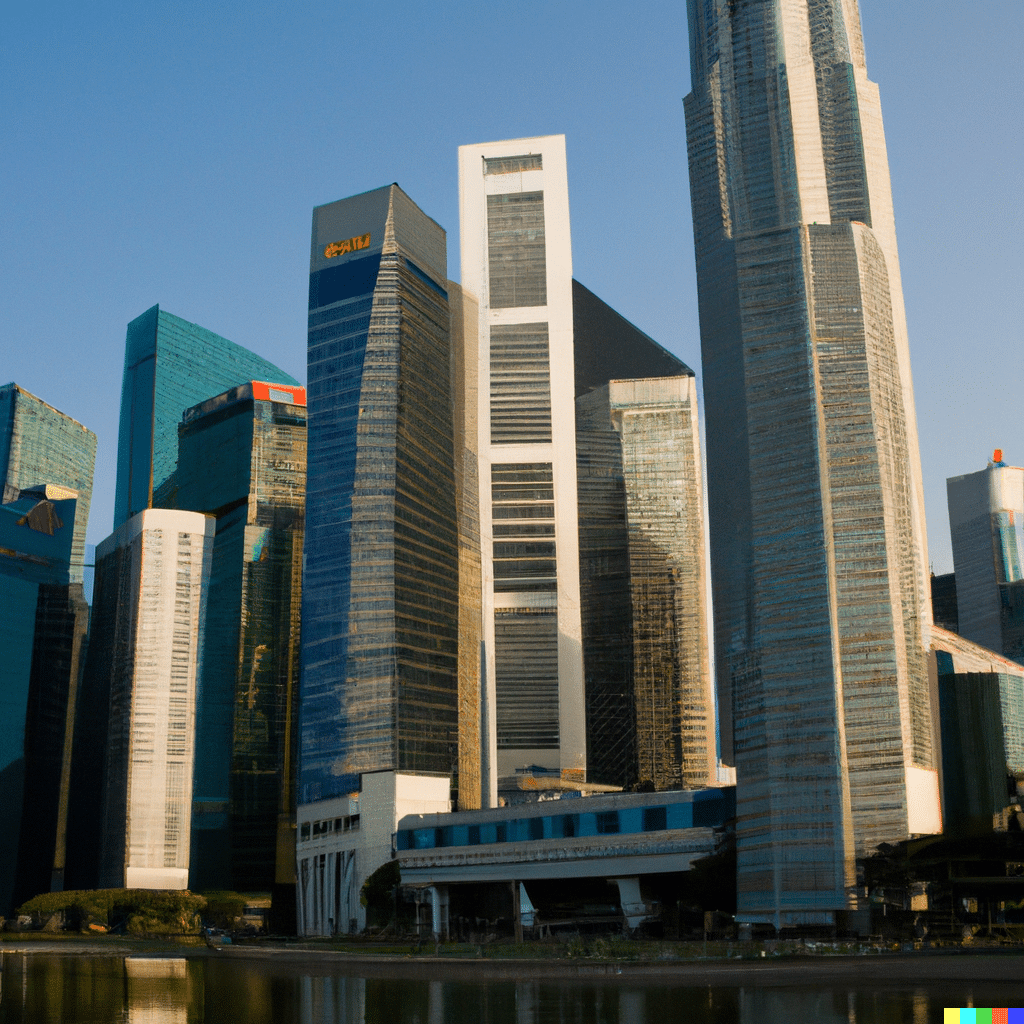As a tiny city-state lacking natural resources, Singapore has developed one of the world’s most open, trade-dependent economies. International trade fuels over 300% of Singapore’s GDP. This article will examine Singapore’s rise as a premier import-export hub and key aspects of its external trade today – leading imports, exports, trading partners, policies, role of its ports, and economic strategies for the future.
Given no domestic market, Singapore has ingeniously exploited its geography and openness to become a thriving entrepôt economy integrated with global value chains.
Development of a Trading Economy
With no hinterland or natural resources, free trade became imperative for Singapore:
- Strategic location made Singapore a natural meeting point for regional and global trade
- Legacy as a British port solidified role as trade intermediary
- Visionary leaders like Lee Kuan Yew committed to economic openness
- Government agencies like EDB aggressively promoted exports
- FTAs and trade pacts opened access to overseas markets
- Pro-business environment attracts MNCs using Singapore as export base
Policy measures transformed Singapore into one of the most trade-dependent economies on Earth, with trade exceeding 300% of GDP today.
Main Exports Driving Growth
Singapore has cultivated world-leading exports across key sectors:
- Petrochemicals – Singapore is #1 globally in petroleum exports and derivatives thanks to its refineries.
- Electronics – Major exporter of computer chips, disk media, peripherals, components. Home to semiconductor giants.
- Pharmaceuticals – Top exporter of medications and biopharms to Asia and globally.
- Machinery – Major regional machinery hub exporting specialized equipment.
- Transport equipment – Ships, marine components, aerospace parts are major exports.
- Financial services – Wealth management, insurance, advisory services exported.
Strategic industries were nurtured to become globally competitive, supporting economic development.
Vital Commodity Imports
With no natural resources, Singapore depends on imports:
- Petroleum – Singapore imports crude oil for its refineries to re-export fuel and petrochemicals.
- Food – Only 10% of food is produced locally, imports meet the rest.
- Consumer goods – Cars, electronics, machinery, pharmaceuticals imported for local use and re-export.
- Water – Approximately 40% of Singapore’s water is imported from neighboring Malaysia.
- Raw materials like chemicals, metals and ores for manufacturing.
- Luxury goods catering to affluent locals and consumers across Asia.
Heavy reliance on imports has driven Singapore to excel as a re-exporter balancing its trade flows.
Key Trading Partners
Singapore trades extensively with partners across all continents:
- China – #1 both for exports and imports. Access to vast Chinese markets is vital.
- Malaysia – Major export destination and source of imports like petroleum. Close economic ties.
- Hong Kong – Major re-export hub partner.
- Indonesia – Significant exports and imports between neighbors.
- Europe – Major exports and source of imported machinery and technology.
- United States – Exports electronics, machinery, pharmaceuticals and imports aircraft, oil and consumer goods.
- Middle East – Imports oil and exports refinery products, electronics and more.
A highly diversified trade network amplifies Singapore’s economic potential and resilience.
Strategic Port Infrastructure
- Port of Singapore – Busiest transshipment hub globally and 2nd busiest port overall. Connects ships worldwide.
- PSA terminals – Operates multiple specialized terminals for cargo types like containers, general cargo, cars.
- Airlines – Singapore Airlines and Changi Airport link Singapore to global cities.
- Free Trade Zones – Enable efficient cargo processing and distribution.
Sophisticated sea, air and land transportation networks enable Singapore’s trade flows.
Future Outlook
Singapore aims to maintain trade competitiveness through:
- Signing more bilateral and regional FTAs like CPTPP and RCEP
- Investing in advanced manufacturing and R&D for high value exports
- Growing as a MICE tourism destination
- Regional e-commerce and internet economy hub
- Expanding offering of financial and professional services
- Leveraging technology to improve supply chain processes
Continued innovation, diversification and global integration will sustain Singapore’s trade-driven economy.
Conclusion
From its origins as a British port, Singapore has molded itself into a globally connected hub through trade. Maintaining extensive air, sea and digital links worldwide allows tiny Singapore to punch above its weight economically. By continually leveraging globalization, Singapore aims to flourish for decades to come.

Goh Jun Cheng is the chief staff writer for SingaporeAirport.com. Jun Cheng graduated with a degree in journalism from Nanyang Technological University in Singapore.
He has over 5 years of experience writing about aviation, tourism, and lifestyle topics relevant to locals and visitors in Singapore. His articles provide insights into the rich culture, cuisine, and attractions of Singapore. Jun Cheng is an avid traveler who has visited over 15 countries.
When he is not writing or traveling, he enjoys photography, trying new foods, and hiking. As a longtime Singapore resident, Jun Cheng is passionate about sharing hidden gems and perspectives about his home country.




